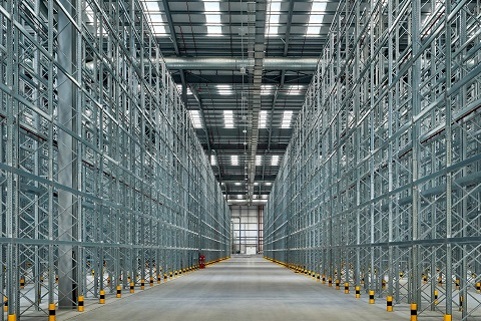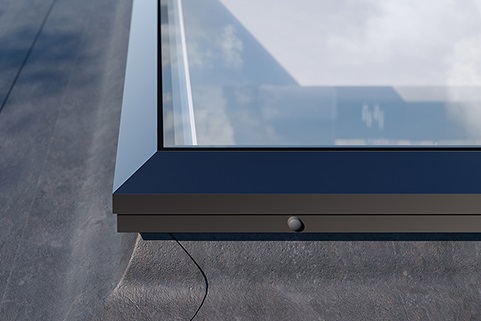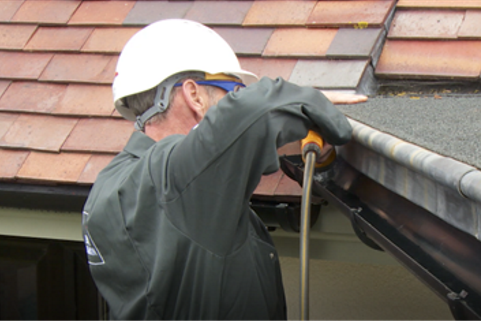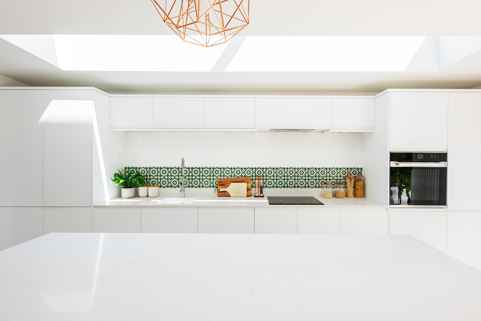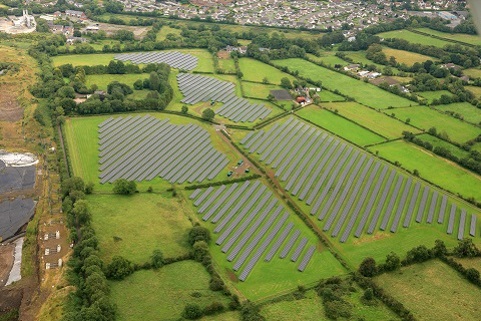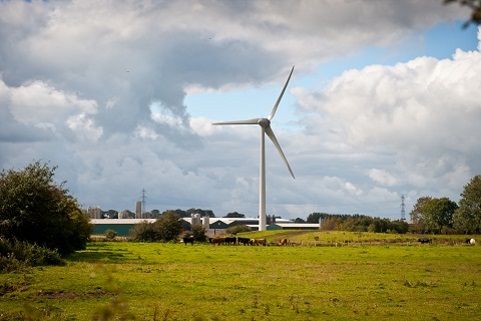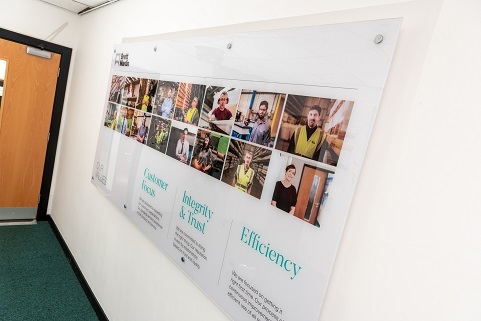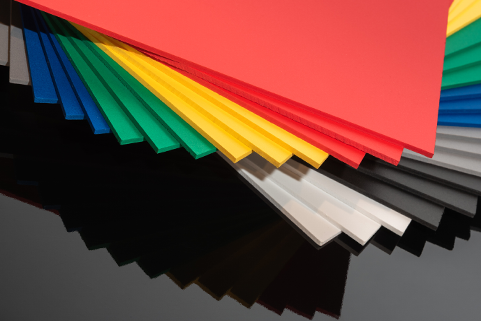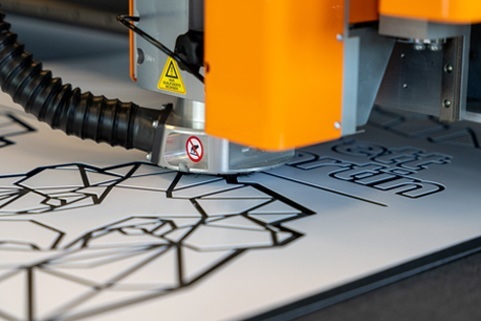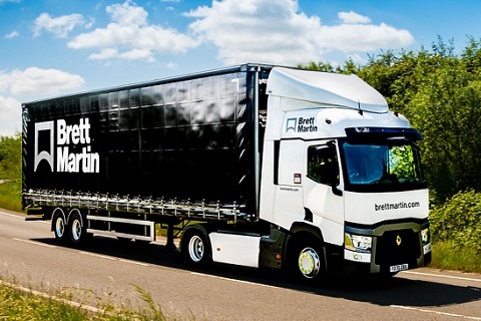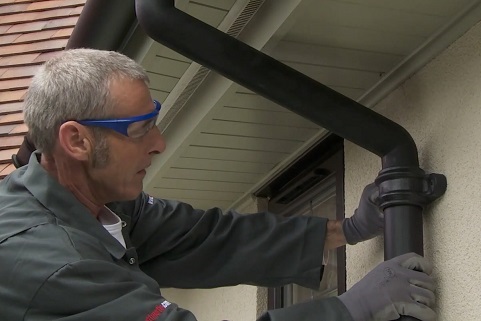A new aesthetic: plastic and the modern football experience
With football being the most popular sport in the world with some of the most internationally recognised competitions, this blog explores the crucial role plastics play in shaping the match-day experience of a modern football fan.
While older football stadiums offered a very ‘no frills’ level of practicality, their modern equivalents are built on aesthetics, and a desire to provide spectators with an experience that goes far beyond the match itself. Automated ticketing systems, rainwater toilets, food and drink in recycled packaging, extra leg room and vivid signage are just some examples of how newly built stadiums look to enhance the spectator experience. Critical to this new aesthetic – though often overlooked – is plastic.
Many of us have spent countless hours in football stadiums over the years – but how many of us really appreciate the critical role and multiple purposes served by plastics in all of them?
Plastic has had an extremely negative press in recent years, much of it justified, but there is a world of difference between the single use plastics which all too often litter our streets and our oceans, and the lightweight, durable plastics that are so critical to the signage and construction sectors, and which have become integral to some of the best sports stadiums in the UK. Stepping into stadiums such as Wembley, the Etihad, or the Emirates, and looking closely around the concourse, as well as from the seats at pitch-side, plastic is in every direction.
From roofing and dugouts to signage and branding – plastic is incredibly versatile and has a big part to play in these iconic venues.
Practical and protective
Polycarbonate is an essential material in stadium construction. It is extremely versatile, combining strength and excellent impact resistance with high optical clarity and light transmission.
This lightweight rooflight material is ideal for world class sports arenas due to its high-performance characteristics. The make-up of polycarbonate allows for a bright environment for spectators, reduces the amount of secondary steelwork required and maximises the amount of sunlight reaching the pitch to promote grass growth and reduce shadows for TV filming. It can be used to form complete roof coverings or can be incorporated into any corrugated metal roofing and cladding system, ranging from single skin to advanced composite panels.
Spectators can also be assured of protection. Some of the most advanced polycarbonate sheets offer a natural light transmission of 90%, ensuring stands and pavilions are well lit and spectators are kept well shielded from the elements – in fact, Brett Martin’s Marlon CS polycarbonate possesses co-extruded UV protection characteristics that cut out 98% of harmful radiation, as well as wet and windy weather. At up to 200 times the strength of glass, these sheets possess strong impact resistance and come with various tinted options, allowing for solar control which keeps glare to a minimum.
Plastic showing the way
Plastic isn’t just found in the structural make up and internal fit out of stadiums. In the case of signage and branding, it is everywhere – food and drink, toilets, exits, seating blocks, first aid; these are just a few things found in the concourse area that need clear signposting. When it comes to the planning stages for the interior of a stadium, sourcing the right material is paramount from a cost perspective, but it’s also vital to choose a solution that is durable, printable and has a surface that offers the perfect foundation for contrasting colours that really make letters and logos stand out.
Foam PVC, with its incredible versatility, is an ideal choice. Some of the world’s leading plastics manufacturers have devised environmentally friendly options for digital and screen printing, cutting, routing, engraving, forming, vinyl graphics, bending, shaping and bonding.
Foam PVC products are only a fraction of the weight of rival solid display materials of similar strength, making them much easier to handle and install. The smooth, flat high-performance surface of foam PVC offers exceptional finishes and the ease of its printing, routering and mounting means team branding can be produced creatively and in a wide variety of formats, such as mounted team emblems. These impactful methods of branding can also be used in dressing rooms, as well as the tunnels players walk through on matchday – inspirational quotations from legendary players to encourage the home side and overawe the opposition.
Foam PVC branding can also be used in corridors, executive boxes and on branded backdrops in the media rooms. As post-match interviews moved outside during the pandemic, printed transparent plastic sheets became a familiar sight behind our favourite players.
The present and future of stadium design
Easy to handle, highly versatile and aesthetically pleasing, plastic sheets in the form of polycarbonate and foam PVC have earned their place in the most spectacular modern stadiums of today. They come in a variety of formats and their positive attributes make them suitable for signage and branding, as well as construction aspects in roofing and cladding.
At Brett Martin we pride ourselves on the expert knowledge of our technical teams, who are always on hand to provide advice and support to our customers. A reliable plastics provider is the key to a successful project and our quality of both product and service assures a stadium worthy of a Champions League or World Cup Final.
If you want to learn more about any of our products or services, please go to www.brettmartin.com.

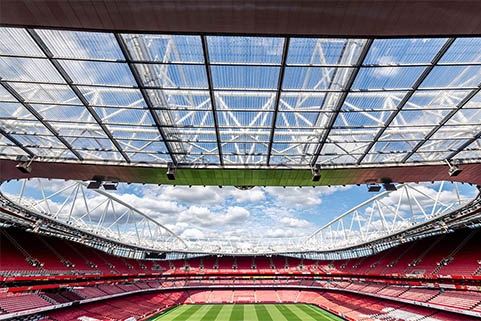
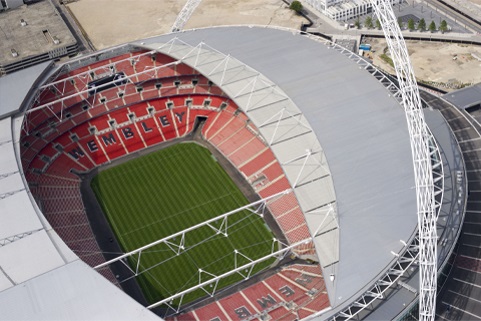
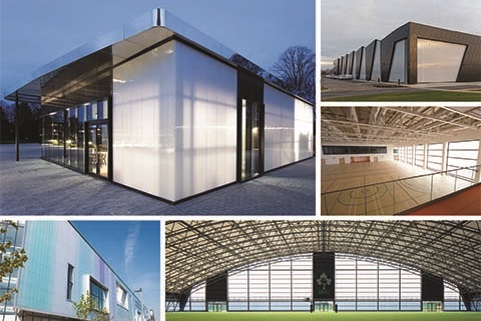
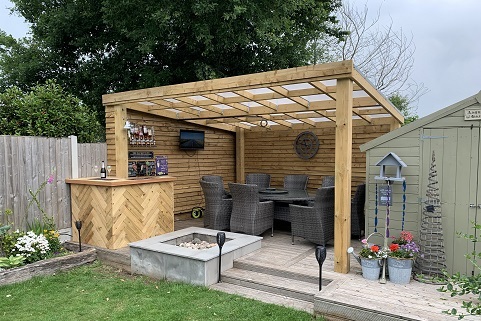
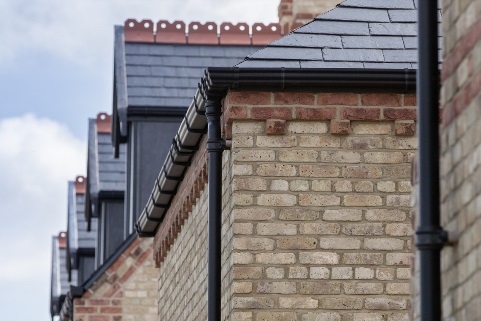
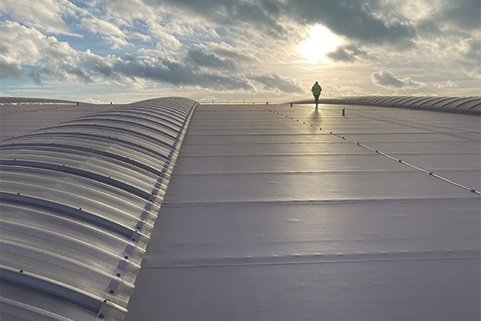
.tmb-listing.jpg?Culture=en&sfvrsn=a65ec15f_1)

